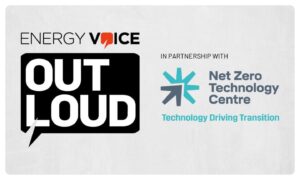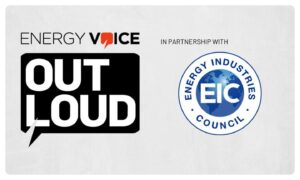The UK’s divorce from the European Union has been a protracted affair, with impacts on a number of areas, including carbon trading.
The 2016 referendum gave the UK government a chance to rewrite the rules of how to tackle the problem of the big emitters. The UK launched its Emissions Trading Scheme in 2021, with a first trade taking place in May.
“In effect, it is the same thing. We moved to pounds from euros, but the main thing we did on the UK side of things is try to tighten the scheme even more to really accelerate the emissions reductions targets and move things on faster,” Finlay Walker, corporate trader at Vertis Environmental Finance, said during an EVOL X podcast recorded in May.
The UK market was set up with 5% less than the country’s share in the EU ETS – setting the scene for a tighter market from the off.
The UK ETS applies to energy intensive industries, power generators and aviation. The intention behind the market design is to reduce the amount of allowances available. The aim, Walker explained, is that by restricting supply, prices increase – driving emitters to pay higher prices or reduce emissions.
Some companies and sectors have made more progress in cutting emissions and so receive more allowances than they need to cover their own operations.
Higher gas prices should drive higher carbon allowance prices. In August 2022, for instance, gas prices hit record highs and so did carbon.
“The macro economic effects recently have detached themselves from the UK ETS price and they’re now tracking external policy issues. The reason prices are as low as they are now is really because of the lack of clarity and lack of government policy,” Walker said.
The UK ETS is smaller than EU ETS. The larger marketplace is easier to operate in as a result, with better visibility for the future in the larger market.
“The lack of volume means there aren’t so many price signals,” he continued. “Until August 2022, the price signals we were getting really were from the EU ETS.” Following this point, of sky high prices, the two markets have diverged.
One of the controversial aspects of the scheme is the handover of credits to polluters, amid concerns that coming down too strongly on emissions will drive industry overseas – so-called carbon leakage.
UK, and European, regulations aim to tackle emissions while also imposing other regulatory requirements. Faced with a rising tide of prices, manufacturers may choose to move facilities overseas, to easier regulatory destinations, such as China or India.
The use of an ETS, therefore, can run the risk of actually increasing emissions and other externalities.
The EU is working on plans for a carbon border adjustment mechanism (CBAM), with a transitional period for this beginning in October 2023. Walker said the UK was likely to follow suit.
This would involve the use of some sort of carbon price – tax or allowance – “on entry into the EU or UK based on emissions during manufacturing”. This move will see the regulatory burden extended far and wide, into wherever goods are produced, some certification will be needed.
To listen to the EVOL X episode featuring Finlay Walker, follow this link.
Recommended for you










